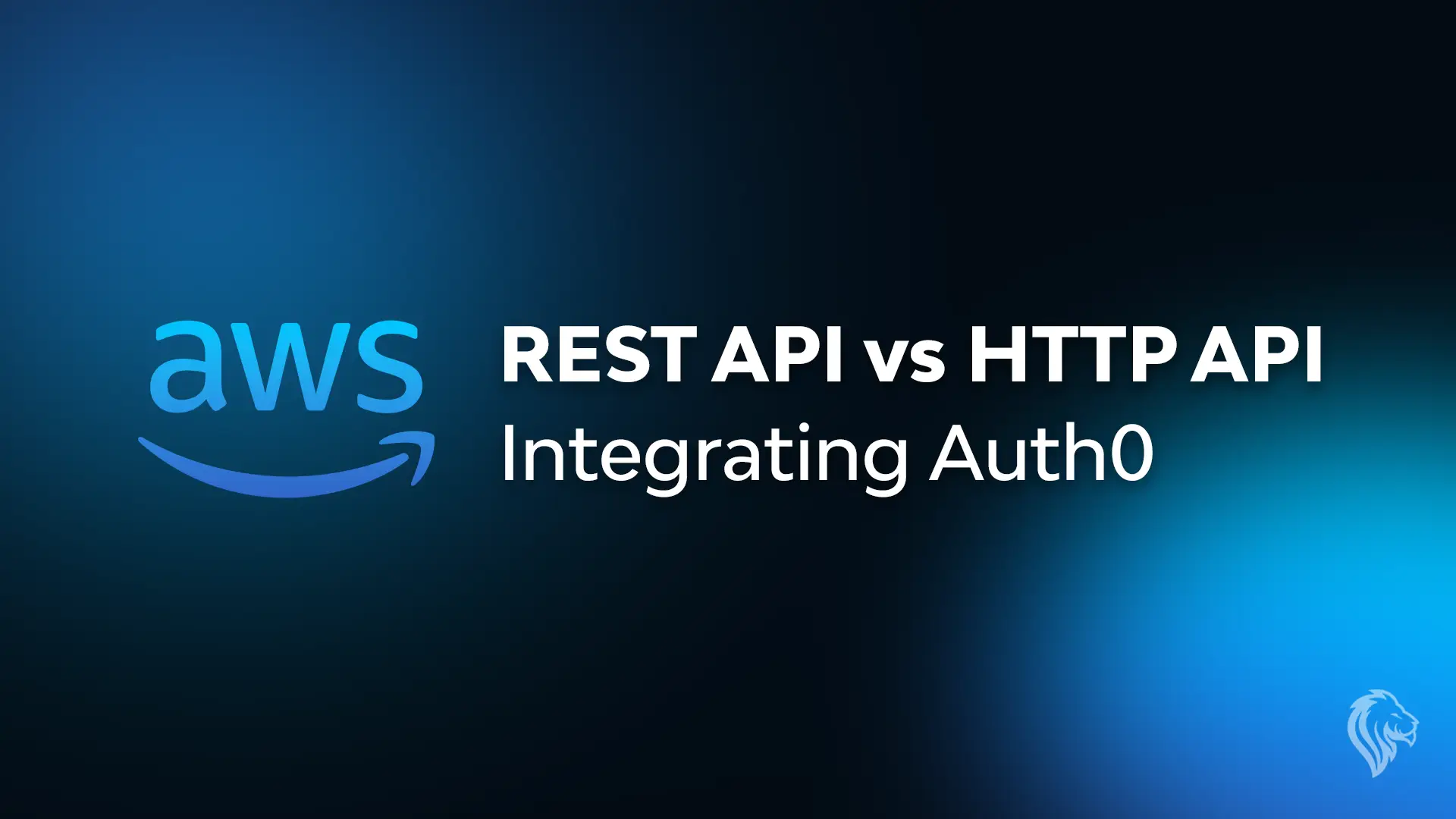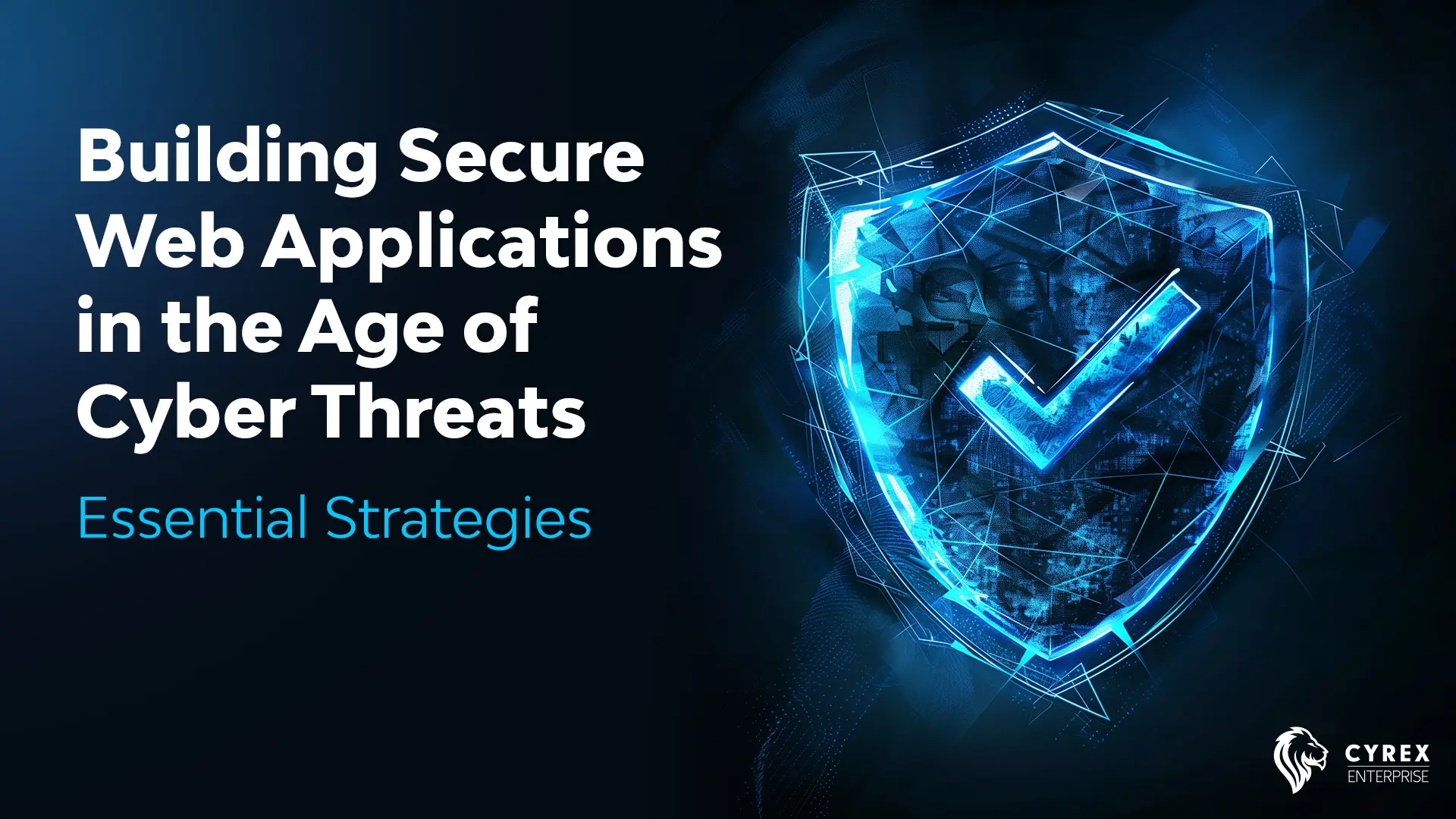In today’s digital age, web applications are ever-present and serve as the backbone of a multitude of services, including communication platforms, e-commerce sites, national infrastructure systems, and more. When building such applications, we cannot safely assume they will always be used with the best of intentions or by a strictly defined group of people.
Building a secure web application starts with understanding the myriad of threats it may face throughout its lifecycle. This process begins at the design phase and continues through development to deployment and into post-launch maintenance.
Secure Web Application Requirements
The journey to robust security begins with the meticulous gathering of security requirements, whether at the project’s inception or during the planning phase for a new feature. This foundational step is vital for understanding precisely what needs safeguarding, along with the how and why. Typically, this process involves defining the requirements for authentication and authorization, outlining necessary data protection strategies, and identifying any relevant compliance obligations.
Risk Assessment & Threat Modeling
Risk Assessment and Threat Modeling are instrumental processes that, just like requirements gathering, should be undertaken early in the project lifecycle or when introducing new functionalities. The goal is to pinpoint potential threats and vulnerabilities, assess their possible impacts on the system, and understand the avenues through which attacks could be launched. This enables the identification of the most pressing security concerns.
Risk assessment begins with a comprehensive analysis to uncover and evaluate the threats and vulnerabilities that could compromise the system, taking into account the severity of potential impacts. Then, threat modelling dives deeper, exploring possible attack vectors and crafting strategies to mitigate the risks identified. This process sheds light on the nature of potential security challenges, but also aids in understanding how and why certain vulnerabilities may be exploited.
Crucially, the outcomes of these processes inform the prioritisation of risks, allowing the development team to allocate resources and efforts where they are most needed. By evaluating the likelihood and potential impact of each risk, informed decisions can be made, guiding the project’s security strategy and ensuring that mitigation efforts are both effective and efficient. This strategic approach to risk management ensures that security measures are not just reactive but also proactive, tailored to address the most significant threats and safeguard the system against them. It is always better to stop the thief at the door, rather than catch them in the act! That is the strength of proactive security.
Design and Architecture
The foundation of any secure web application lies in its design. Before a single line of code is written, it’s crucial to lay out a path that incorporates security at its core, informed by the security requirements, risk assessment, and threat modelling phases. This early integration of security ensures that it becomes an inseparable part of the application, rather than a superficial layer added post-development.
Adhering to secure design principles such as the principle of least privilege, defence in depth, and separation of concerns is not just advisable; it’s imperative.
Moreover, it’s essential to regularly review and update design patterns to integrate security best practices. This ongoing process ensures that the application adapts to new threats and continues to uphold the highest security standards.
Equally relevant is the definition of a robust security architecture. The objective of said architecture is to address identified risks, requirements, and security objectives. This involves defining the security components, mechanisms, and protocols that safeguard the system. Key elements might include encryption methodologies, access control mechanisms, and protocols for secure communication. The documentation should detail data flows, trust boundaries, and key security controls, providing a comprehensive overview of the application’s security posture.
Finally, comprehending the nature and sensitivity of the data processed by our application is paramount. By categorising data based on its sensitivity and the potential repercussions of its unauthorised access, disclosure, or alteration, you can more accurately define the necessary safeguards. Such classification informs the deployment of specific data protection strategies, including encryption, access controls, and data retention policies, each calibrated to the data’s sensitivity level.
The uniform and rigorous enforcement of these data protection strategies across the system is crucial. This approach not only secures the data but also reinforces user confidence, showcasing a dedication to preserving their privacy and security.
Development
As we transition into the tangible realms of coding and implementation, the essence of secure development practices becomes indispensable. This phase is where abstract security principles are translated into concrete code.
Establishing stringent coding guidelines inspired by industry standards such as the OWASP Top Ten or CERT Secure Coding is crucial. These standards act as a compass for developers, guiding them towards writing code that is not only efficient but inherently secure. However, guidelines alone are not enough. Equipping developers with the necessary tools, resources, and training cultivates a mindset where security considerations are as natural as any other aspect of coding. This education is further reinforced by integrating security directly into the development tools and environments, such as IDEs and build systems, ensuring that security checks become a routine part of the coding process.
The management of third-party dependencies also plays a critical role in maintaining a secure codebase. The goal is to minimize these external dependencies to reduce the application’s attack surface. When dependencies are necessary, preference is given to those with minimal sub-dependencies, and a vigilant approach is adopted towards regularly updating them with security patches.
Further enhancing the security posture during the development phase is the practice of code review and static analysis. Code reviews, conducted with a keen eye for security, become a staple of the development lifecycle, ensuring that every piece of code is scrutinized for potential vulnerabilities before integration. Complementing this practice, static analysis tools specific to the project’s programming language and framework help identify security flaws that might escape the human eye. Addressing the findings from these reviews and analyses promptly ensures that vulnerabilities are not just identified, but effectively neutralized.
Security First Development Practices
When it comes to the development of a secure application, code quality and testing are inseparable from the development itself. Adopting test-driven development or ensuring a comprehensive suite of tests post-development helps in uncovering and resolving security issues early on. A detailed security test plan, covering key security features, potential attack vectors, and known vulnerabilities, guides this process. The automation of security testing further streamlines this process, enhancing the consistency and coverage of tests, and enabling the swift identification and remediation of security flaws.
We’re also seeing and utilising AI code review tools and coding assistants. These are taking a bigger role in development as these can significantly enhance code quality and security. They aid in adhering to coding standards, automatically generate tests, and identify vulnerabilities early in the development cycle. By offering real-time feedback and suggestions, these AI-driven tools help maintain a high standard of code integrity and security, ensuring robust applications.
The culmination of these practices is found in the integration of security tools into the Continuous Integration (CI) pipeline. This integration ensures that every piece of code committed is automatically vetted for potential security issues before any build or release, embedding security checks directly into the development workflow.
By weaving these secure development practices into the very fabric of the implementation and coding stages, security is elevated from a mere checklist item to a fundamental aspect of the development lifecycle. This holistic approach not only facilitates the early detection and mitigation of security vulnerabilities but also fosters the creation of web applications that are secure by design, offering a robust defence against the evolving landscape of cyber threats.
If you’d like to adopt this seamless level of security into your development, get in touch with Cyrex Enterprise today. With us, you’ll be able to leverage development experts who have mastered the delicate balance of performant and secure code.
Related Articles

The Silent Killer of eCommerce Success in 2025: Cybersecurity Neglect
Cybersecurity is critical for eCommerce success in 2025. Learn how penetration testing and...
Read more
Cloud Cost Optimization: Quick Wins to Slash Unnecessary Spending
Discover quick wins for cloud cost optimization! Learn how to cut unnecessary spending, ri...
Read more
AWS – REST API vs HTTP API – Integrating Auth0
Explore the differences between REST API and HTTP API in AWS and how built-in JWT authenti...
Read more
Reflecting on 2024: A Year of Growth, Innovation, and Milestones
Reflect on 2024 with Cyrex Enterprise! Discover our achievements in software development, ...
Read more


